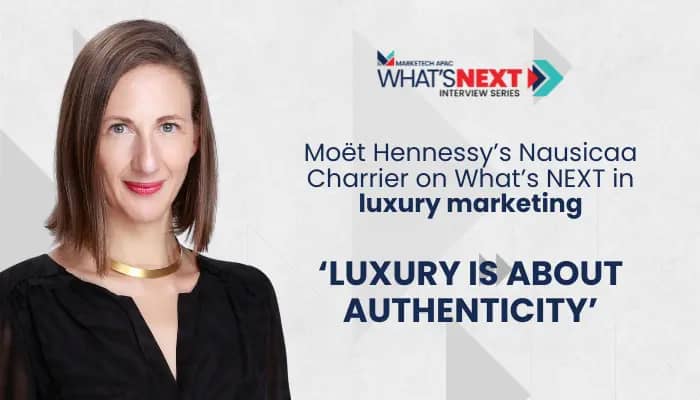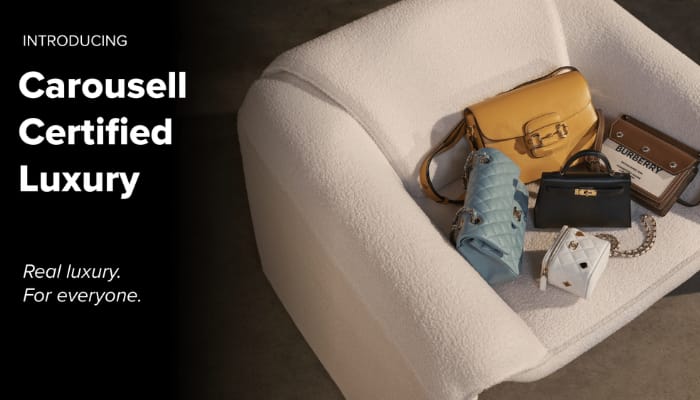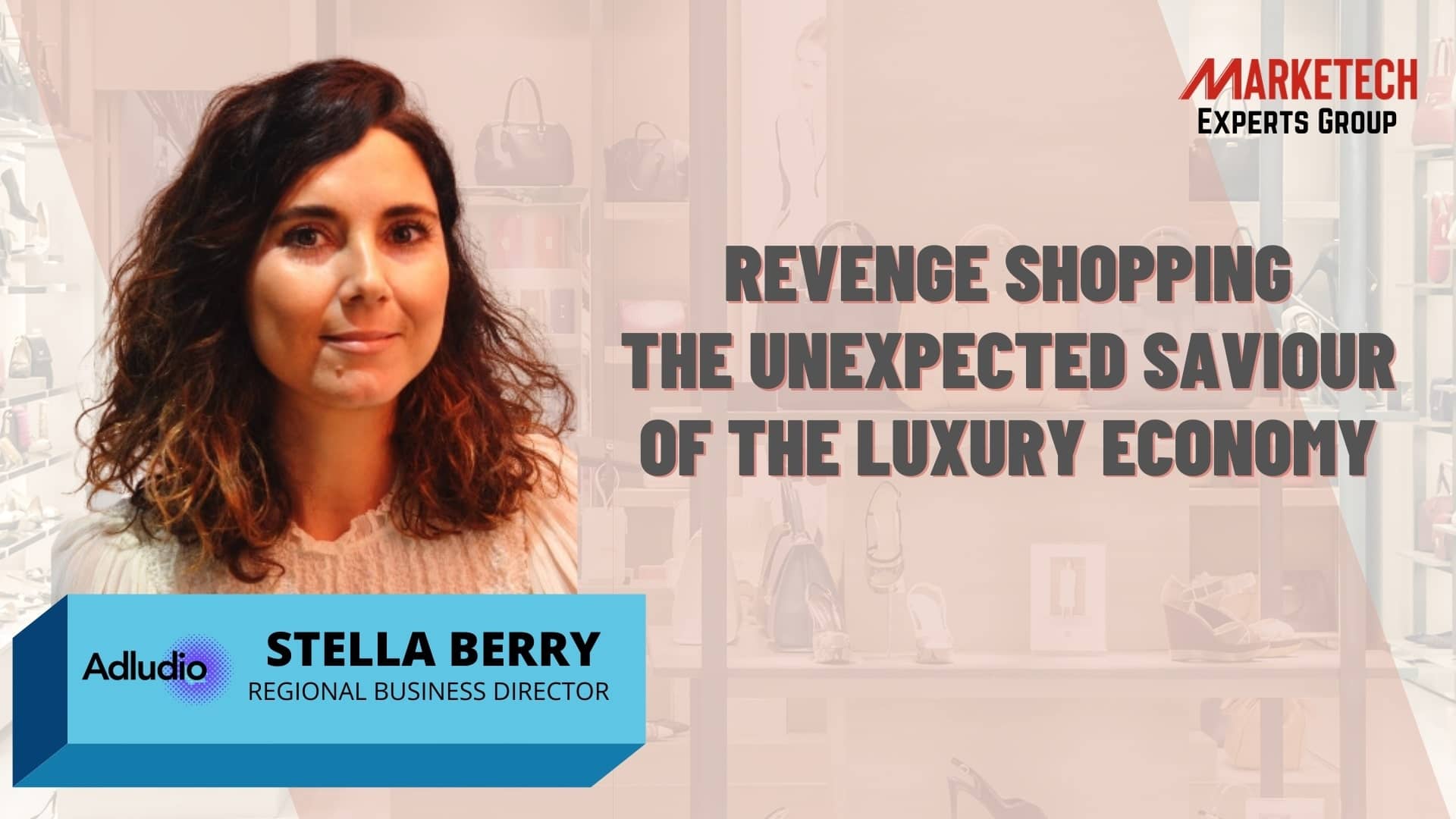Ahead of the upcoming Chinese New Year festivities, many luxury brands are embracing the cultural significance and immense consumer enthusiasm surrounding this year’s well-known occasion through their creative energies translated into campaigns. For these brands, such types of campaigns not only aim to resonate with Chinese traditions, values, and aspirations but also aim to capture the attention and loyalty of affluent consumers during this pivotal time of festivity and renewal.
For MARKETECH APAC’s latest What’s NEXT Interview, we spoke with Nausicaa Charrier, Marketing Director for Moët Hennessy Singapore & Malaysia to learn more about how luxury brands can create authentic campaigns for the Chinese New Year, and what outlook can the luxury marketing industry in Asia-Pacific expect this year.
For Charrier, creating engaging campaigns is not all about who’s making the most out of new marketing mediums to execute their stunts but rather using these mediums as a way to create narratives that resonate with audiences. Recently, Moët Hennessy created a drone show with 500 drones painting the sky, symbolising the brand’s unique alchemy obtained from the art of blending singular eaux-de-vie to create cognac masterpieces.

“Technology isn’t just a tool; it is a platform that allows us to reimagine traditions and elevate how we are telling our brand stories,” she said.
She also added that they firmly believe that luxury is not just about opulence but also about showcasing authenticity and that this principle is particularly crucial when integrating cutting-edge technology into their branded experiences.
“Rather than using technology for the sake of using it, we strategically utilise it to complement and amplify our narratives in an innovative way. It will always go back to our Maison DNA and the story we want to tell. Technology is a mean, not an end. Ensuring authenticity means that each technological endeavour seamlessly aligns with our partnerships, reflects our cultural essence, and reinforces the genuine connections we foster,” Charrier explained.
When asked about the key trends for luxury marketing in Asia-Pacific, she notes three things: a rising demand for immersive, personalized experiences, driven by a quest for exclusivity; sustainability taking centre stage, emphasising eco-conscious practices and responsible event management; and the use of advanced technology, including virtual and augmented reality, as a way to revolutionise event boundaries.
“To stay ahead, our brands adopt a versatile approach. We focus on innovation and curating personalised experiences that highlight customisation and exclusivity. Sustainability takes a central role, emphasising ethical practices and minimising environmental impact. Our commitment extends to engaging with our communities, both fans and consumers,” she explained.
Charrier also highlighted the importance of advanced technology for future luxury brand campaigns, adding, “The integration of advanced technologies is strategically woven into our events, ensuring a seamless blend of tradition and innovation. In alignment with emerging trends, our brands strive to deliver unmatched luxury experiences that resonate with the evolving preferences of our discerning audience.”
In terms of advice brands should take note in executing their future marketing campaigns, she states that navigating the luxury brand industry in APAC will bring a mix of challenges and opportunities. In Moët Hennessy’s case, the challenge is maintaining the brand allure across diverse markets with unique preferences. However, she offers an actionable insight despite this challenge.
“To address this, we focus on authentic collaborations that go beyond typical endorsements. Our strategy involves integrating seamlessly with local cultures, creating genuine connections that resonate with our discerning audience. This ensures our brands align with the nuances of each market, enhancing desirability in the ever-evolving APAC luxury scene,” she said.
Charrier also added, “Moreover, the industry faces the challenge of adapting to changing consumer expectations. However, this challenge offers an exciting opportunity for our brands to lead through innovation. Embracing technology is crucial to enhance customer experiences. Our commitment is to stay agile, addressing evolving trends in the region and keeping our brands at the forefront of the dynamic APAC luxury landscape. This approach positions us not just to meet but to exceed the expectations of our discerning audience, driving continued success in the coming year.”



